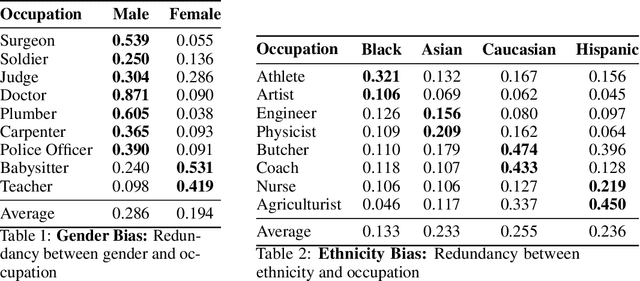Prakanshul Saxena
StyleSplat: 3D Object Style Transfer with Gaussian Splatting
Jul 12, 2024Abstract:Recent advancements in radiance fields have opened new avenues for creating high-quality 3D assets and scenes. Style transfer can enhance these 3D assets with diverse artistic styles, transforming creative expression. However, existing techniques are often slow or unable to localize style transfer to specific objects. We introduce StyleSplat, a lightweight method for stylizing 3D objects in scenes represented by 3D Gaussians from reference style images. Our approach first learns a photorealistic representation of the scene using 3D Gaussian splatting while jointly segmenting individual 3D objects. We then use a nearest-neighbor feature matching loss to finetune the Gaussians of the selected objects, aligning their spherical harmonic coefficients with the style image to ensure consistency and visual appeal. StyleSplat allows for quick, customizable style transfer and localized stylization of multiple objects within a scene, each with a different style. We demonstrate its effectiveness across various 3D scenes and styles, showcasing enhanced control and customization in 3D creation.
DiffusionPID: Interpreting Diffusion via Partial Information Decomposition
Jun 07, 2024



Abstract:Text-to-image diffusion models have made significant progress in generating naturalistic images from textual inputs, and demonstrate the capacity to learn and represent complex visual-semantic relationships. While these diffusion models have achieved remarkable success, the underlying mechanisms driving their performance are not yet fully accounted for, with many unanswered questions surrounding what they learn, how they represent visual-semantic relationships, and why they sometimes fail to generalize. Our work presents Diffusion Partial Information Decomposition (DiffusionPID), a novel technique that applies information-theoretic principles to decompose the input text prompt into its elementary components, enabling a detailed examination of how individual tokens and their interactions shape the generated image. We introduce a formal approach to analyze the uniqueness, redundancy, and synergy terms by applying PID to the denoising model at both the image and pixel level. This approach enables us to characterize how individual tokens and their interactions affect the model output. We first present a fine-grained analysis of characteristics utilized by the model to uniquely localize specific concepts, we then apply our approach in bias analysis and show it can recover gender and ethnicity biases. Finally, we use our method to visually characterize word ambiguity and similarity from the model's perspective and illustrate the efficacy of our method for prompt intervention. Our results show that PID is a potent tool for evaluating and diagnosing text-to-image diffusion models.
 Add to Chrome
Add to Chrome Add to Firefox
Add to Firefox Add to Edge
Add to Edge